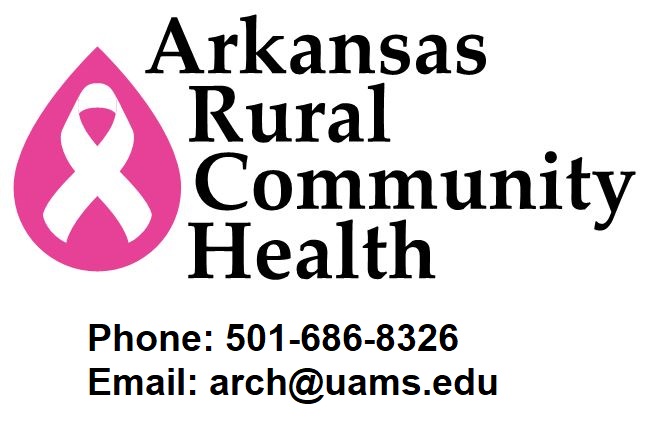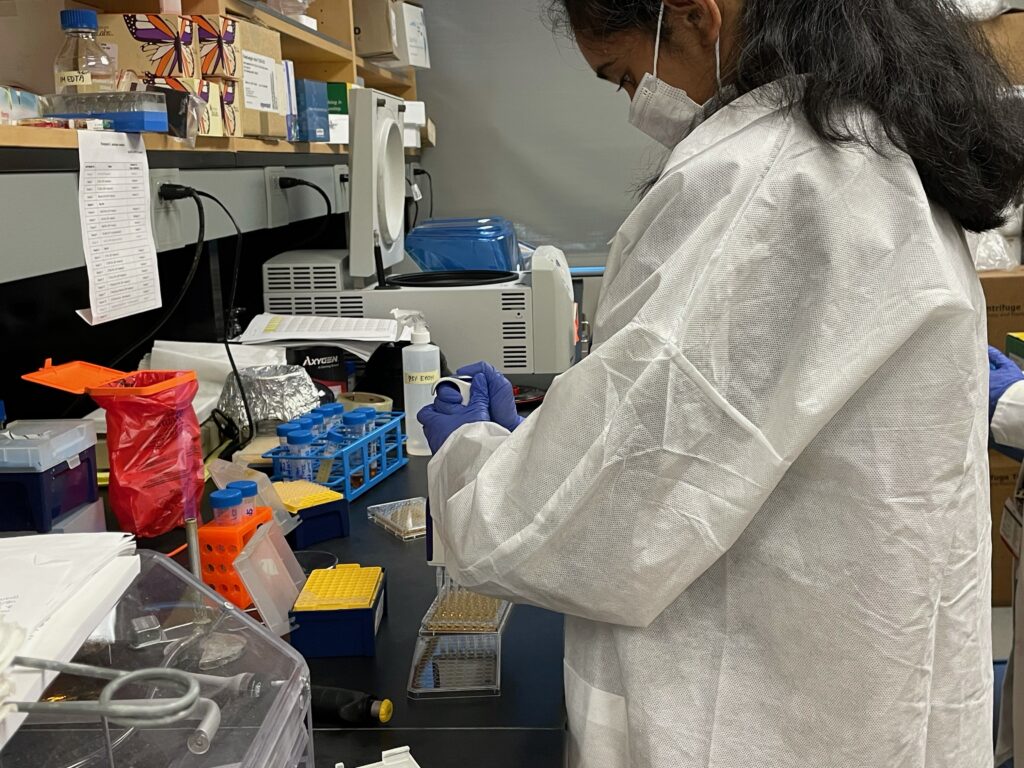
Rachel Hale, MA presented her research on climate change and Arkansas farmers at the APHA conference in November 2023. Her project with Keneshia Bryant-Moore, PhD, RN, FNP-BC and intern Anna Eichenberger won third place in the OHS Student Poster Competition.














